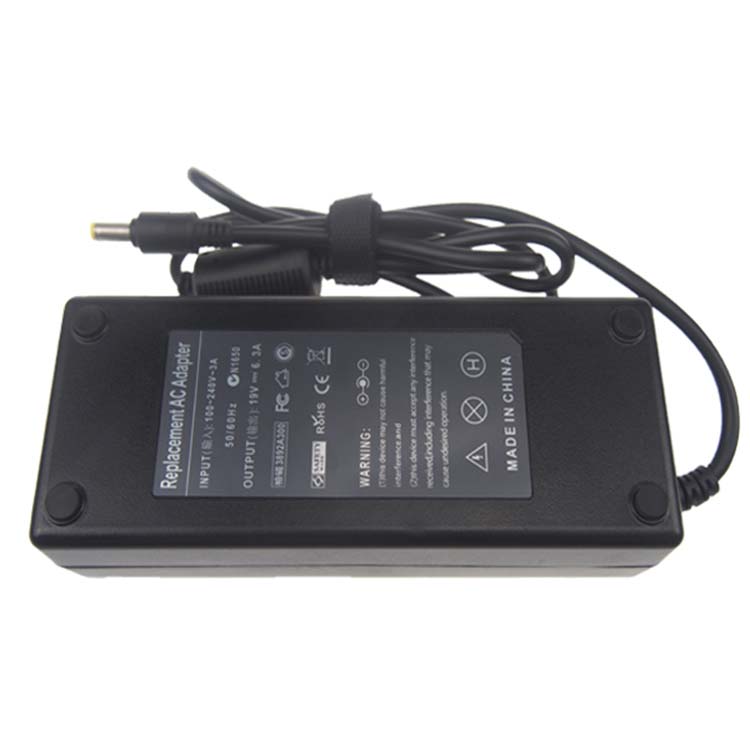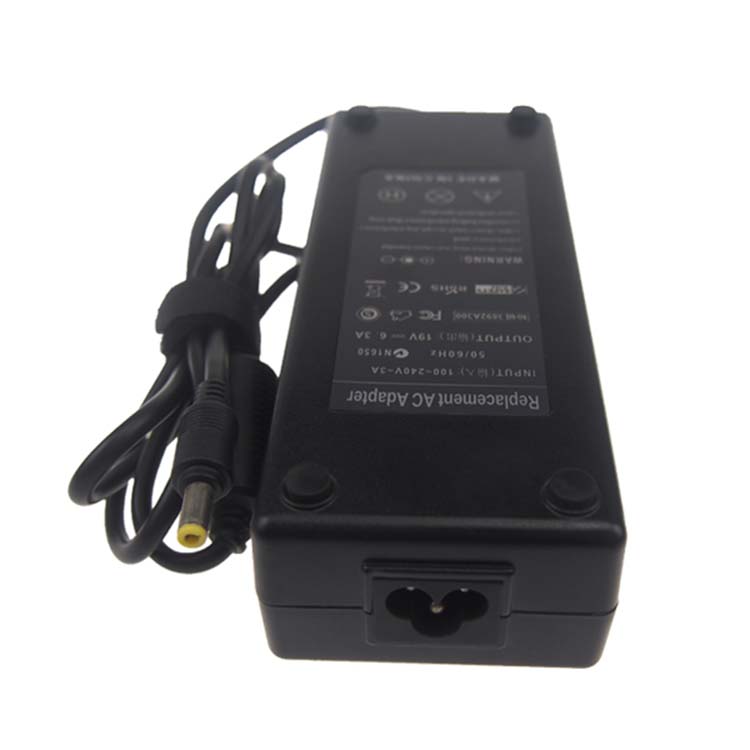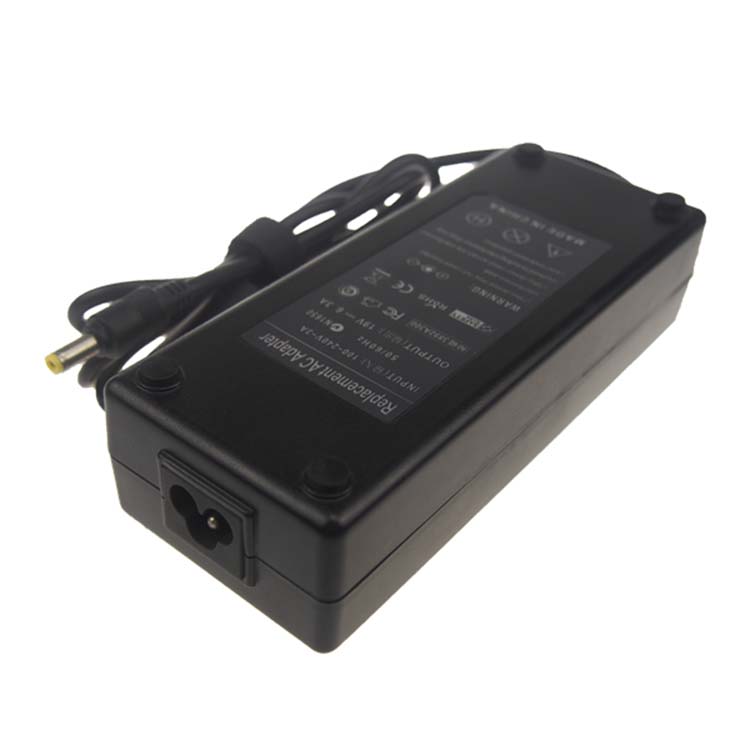In Sony, Toshiba, and Hitachi merged small and medium-sized panel business subsidiaries, the development of the merger was revealed after the establishment of the Japanese display in April 2012. At the exhibition "FPD International 2012" (FPDI2012) held from October 31st to November 2nd, 2012, the Japanese display unreservedly disclosed the latest type of display. 



The most interesting of these is the organic EL panel. The Japanese display is aimed at mobile terminals such as smart phones, and has developed a 4.5-inch 1280×720 pixel product (Fig. 1) with a pixel pitch of 78 μm and a resolution of up to 326 ppi. The brightness when displaying all white is 400 to 500 cd/m2, the contrast is 10,000 to 1 or more, and the color performance range is about 90% according to the NTSC specification. The company said that "the target is mass production in 2014."

The development product realizes color display by combining white organic EL elements and RGBW (red, green, blue and white) four-color color filters (CF). Compared with the method of RGB (red, green and blue) three-color luminescent materials that are separately promoted by the Samsung display, it is easier to achieve high definition and higher mass production efficiency. The use of CF results in a decrease in the efficiency of light utilization and an increase in power consumption, but this time, "by adding a white sub-pixel without a CF layer, the light utilization efficiency is improved" (Japanese display). It can be said that the company has selected the most realistic color display method suitable for mass production of high-definition organic EL panels.
Note 1) The organic EL element has a top emission structure in which light is extracted from the opposite side of the TFT substrate. The material, formation process, and type of driving element (TFT) of the white EL element are not disclosed.
Bringing together the latest technologies
Japanese monitors also launched an offensive in its main business, the LCD panel business. For the use of smartphones, tablets, and in-vehicle devices, we have developed LCD panels that incorporate all the technologies owned by the three companies that have been merged (Table 1). Japanese monitors will promote these development products under the nickname "Innovation Vehicle".

The introduced technology is specifically to realize a high-definition "LTPS (Low Temperature Polycrystalline Silicon)" TFT, a display mode "IPS" which has both a large viewing angle and a high contrast ratio, and an RGBW4 color CF to improve light utilization efficiency to achieve low power consumption. "White Magic", "Pixel Eyes" with built-in capacitance sensor function in the LCD panel, and "Thin BLU (Backlight Unit)" for thinning. In addition, it also proposes a semi-elliptical panel for automotive applications. These technologies "will be used in combination according to user requirements" (Japanese display).
Among them, the technology with high attention is Pixel Eyes. This is one of the "in-cell" technologies, which can reduce the thickness and visibility by eliminating the need for an external touch panel. The technology was mass-produced in January 2012 before the merger of Japanese monitors. Although the specific way is different, Apple's "iPhone 5" also uses in-cell technology, and in-cell technology is welcoming the popularization period. In order to confirm its strength, many visitors came to the company's booth.
In-cell competition technology has a "glass cover integrated" technology that forms a capacitive touch sensor on the inside of a glass cover (tempered glass) on the surface of smartphones and tablets. Japanese displays are also advancing the development of this technology. At FPDI 2012, the company exhibited a 4.3-inch 1280 x 720 pixel LCD panel that uses UV curable resin to integrate the LCD screen with a glass cover with a touch sensor (Figure 2). Mass production has been reported in August 2012.

The glass cover integrated technology developed by the Japanese display device performs chemical strengthening by ion exchange, external processing of the surface of the casing, and formation of sensor electrodes in the state of a large glass substrate, and then cutting and processing the glass substrate. The problem of the decrease in glass strength caused by cracks is prevented by chemical grinding after cutting. According to the company, the strength "can ensure an average level of 550 MPa".
Yidashun offer high quality replacement Gateway power Adapter for laptop with best service at the lowest cost. All our Gateway Laptop Charger are Brand New Replacement Product, works as Genuine parts, 100% OEM Compatible!! Our adapter with smart IC to protect your laptop with over current protection, over load protection, short circuit protection, over heat protection.
If your original Gateway laptop charger is not work anymore, please tell us your laptop model, we will help select the correct OEM replacement models for you. we offer a full 1 year warranty for our adapters.



Gateway Laptop Charger,Gateway Computer Charger,Gateway Charger,Gateway Adapter
Shenzhen Yidashun Technology Co., Ltd. , https://www.ydsadapter.com